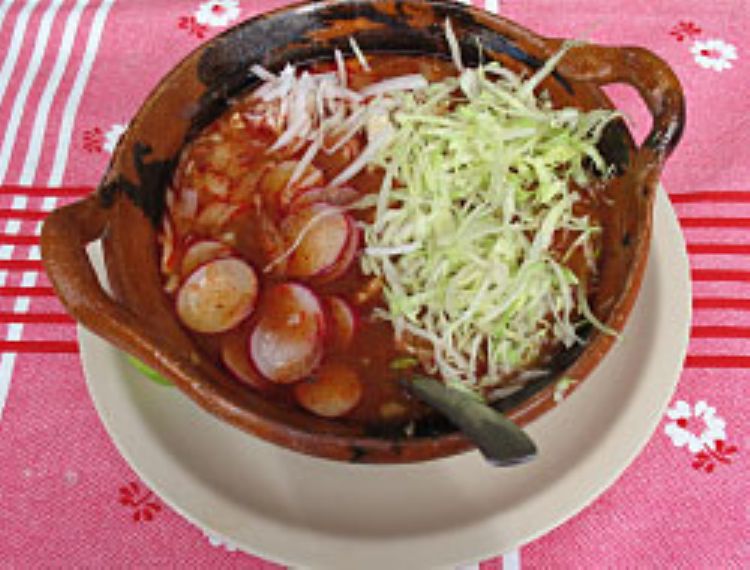
Pozole, Delicious Mexican Dish
Pozole is a delicious dish prepared with corn, meat, pepp...
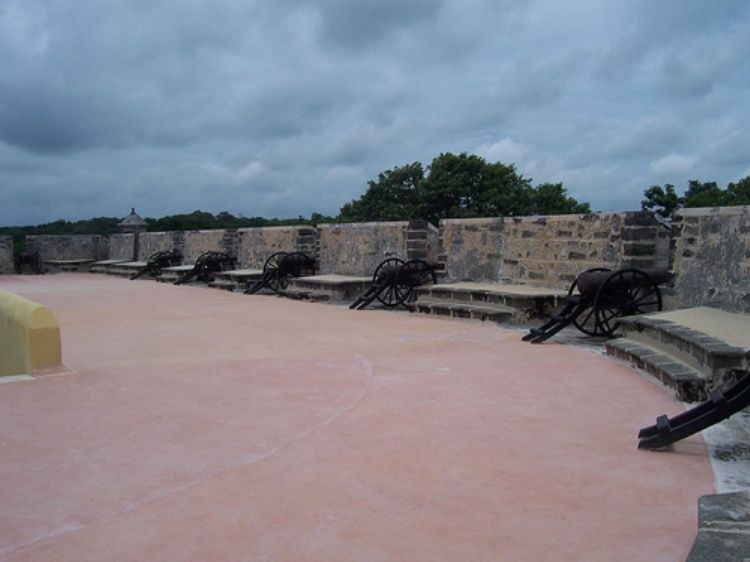
In the year 1517, when the Spaniards arrived at the coast of Campeche, Mayan society was controlled by the lordship of Acalan, Ah Kin Pech, Champotón and Ah Canul. Local leader Moch Cuouh defeated the invaders on many occasions until his death. Due to the division of powers in Indian territory, the Spaniards were able to take control, officially baptizing it as Villa de San Francisco de Campeche by Francisco de Montejo, "âEl Mozo"â, in the year 1540.
The advantage of the port's position in the current capital of Campeche was used in benefit of the new Spanish government, resulting in a peak of commercial activity. Salt, precious woods and Palo de Tinte (wood of a tree called of tint for it can produce colors like blue and violet) were sent to foreign lands through the port. This was attractive not only for the conquistadors living there, but also for European pirates that during the XVII century were dedicated to attacking the population of Campeche. Until 1704 with the conclusion of an octagonal construction that fortified the city and with eight buttresses located where two walls converged, which went into the port forcing the ships who wanted to run aground to enter the defense.
The work started in the XVI century and was concluded until the end of the XVIII century, achieving a fortress for Campeche of more than 2 km. wide with eight buttresses "â San Juan, Santiago, la Soledad, San Carlos, Santa Rosa, San Francisco, San Pedro and San José and las Puertas de Tierra and Puerta de Mar. Even though the pirate attacks didn't last long, the threat of Spanish enemies at the beginning of the XVIII century made the colonialists fear for the safety of the ports of entry to New Spain. Campeche became one of the best protected ports in the whole Spanish colony.
Confined within the hexagonal walls were the families of the wealthy Spaniards and Creoles that controlled the region's economy, in addition to religious and political authorities. The neighborhoods located around the walls, as Santa Ana, were inhabited by Indians, black slaves, mestizos and mulatos.
In the year 1777 King of Spain Carlos III granted the coat of arms and official recognition to the city of Campeche, acknowledging the great service provided by Campeche sailors in defending the Spanish colony.
The walled city of Campeche was declared World Cultural Heritage by UNESCO in 1999, thanks to the intense restoration work carried out by the State's Government. Today, the beautiful colonial buildings of the Cathedral Nuestra Señora de la Purísima Concepción, the former Temple of San Jose, Mansión Carvajal, Casa de la Cultura and Casa de las Artesías are an invaluable historic legacy for our country.
Currently the city of Campeche is not only a tourist attraction but also a modern infrastructure; it has a sea port and an international airport, as well as a vast highway network connecting with the rest of the State. Also, 31% of the 754,730 residents of the entity live in this port city according to the information from Censo Nacional de Población y Vivienda 2005.
Located at sea level in the municipality of Campeche, together with the towns of Castamay, San Agustin Olá, Nilchí, San Camilo, San Antonio Cayal, Tikinmul, Chiná, Imí and Samulá and the Lerma villa. The yearly average temperature is 78.8°F; however, in the summer the thermometer reaches 109.4°F. Rainfall is from June to October and summer has cyclones or tropical storms.

Pozole is a delicious dish prepared with corn, meat, pepp...

The financial magazines Forbes, Fortune, Expansion, and o...
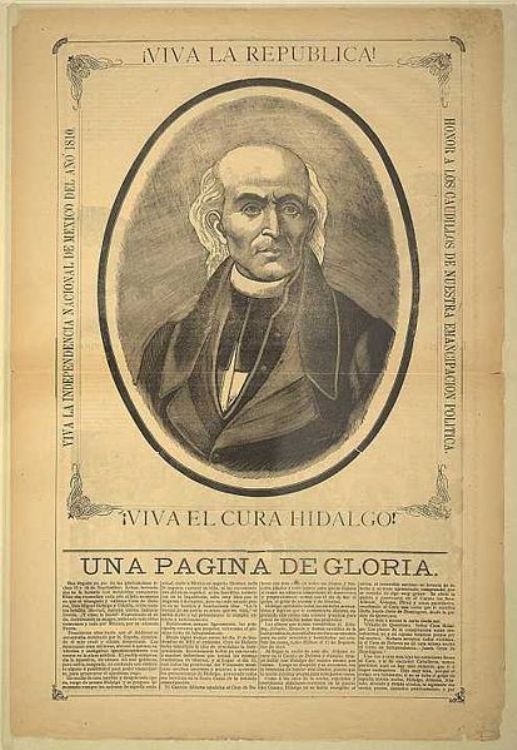
Miguel Hidalgo is one of the most recognized characters i...


During his last state of the union address, José L...
.jpg)
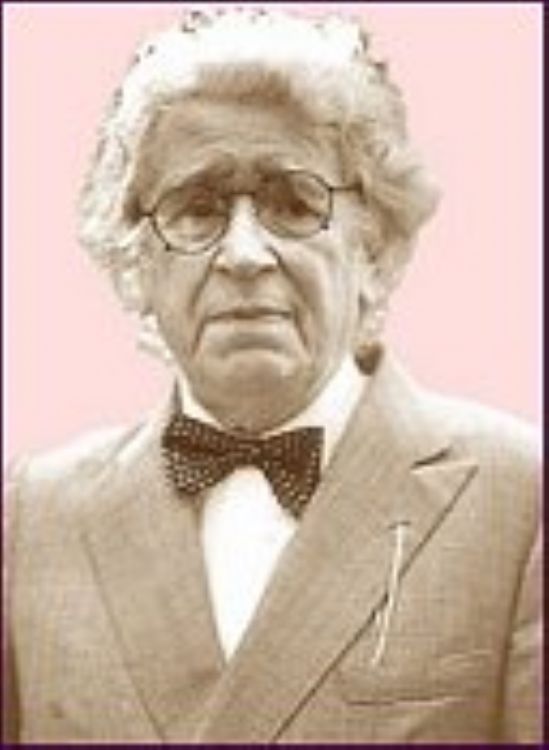
Juan José Arreola is one of the most recognized na...
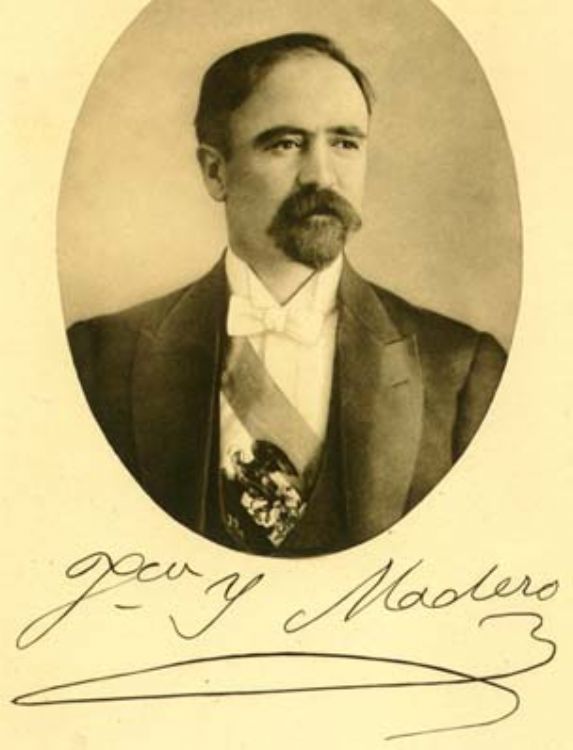
The Mexican Revolution has been one of the political-soci...
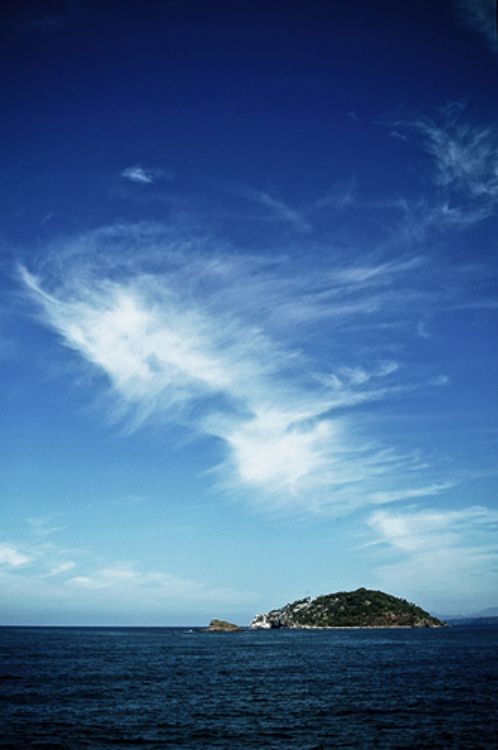
Nayarit is a word in náhuatl meaning âson of the...